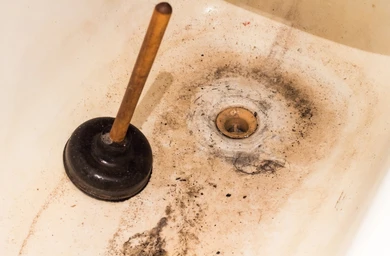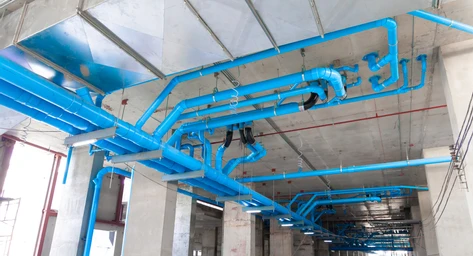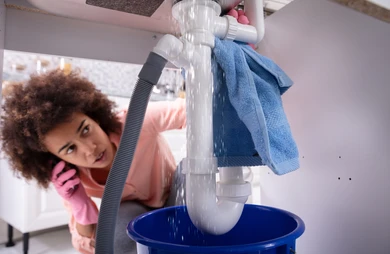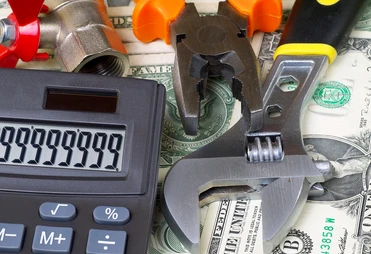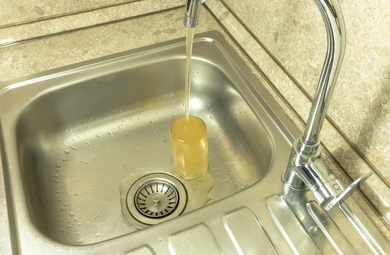How to Fix a Clogged Bathtub Drain in Minutes
A clogged bathtub drain can be one of the most frustrating household issues, especially when it disrupts your morning routine or evening relaxation. The good news is that you can often fix a clogged bathtub drain quickly and easily with just a few simple steps. This guide will walk you through the process of unclogging your drain in just a few minutes, using common household tools and supplies. Identifying the Cause of the Clog Before you dive into fixing the problem, it’s essential to identify the likely cause of the clog. Bathtub drains commonly become clogged with hair, soap scum, and other debris that accumulate over time. By understanding what is causing the blockage, you can choose the best method for resolving it. Most often, the culprit will be: Hair: Long strands of hair are notorious for getting tangled in the drain and causing slow drainage or complete blockages. Soap Scum: Soap can harden and combine with minerals in the water, forming a residue that clogs the drain over time. Foreign Objects: Small toys, jewelry, or other items that accidentally fall into the drain can also lead to clogs. Tools and Supplies You May Need To quickly fix your clogged bathtub drain, you’ll need a few basic tools and supplies. These are likely items you already have at home: Plunger Drain snake or wire hanger Baking soda and vinegar Boiling water A screwdriver (for removing the drain stopper) Rubber gloves (for sanitary purposes) Once you have these items on hand, you’re ready to tackle the clog. Step-by-Step Guide to Unclogging Your Bathtub Drain 1. Remove the Drain Stopper The first step in unclogging a bathtub drain is to remove the drain stopper. Most modern bathtubs have either a pop-up stopper or a trip lever stopper. Here’s how to remove each type: Pop-Up Stopper: Twist and pull the stopper out of the drain. Trip Lever Stopper: You may need a screwdriver to remove the faceplate of the stopper mechanism. Once the faceplate is off, you can pull out the stopper and linkage. Once the stopper is removed, inspect it for any visible hair or debris. You may find that simply removing the stopper and clearing away built-up hair is enough to resolve the clog. 2. Use a Plunger If removing the stopper doesn’t fix the issue, try using a plunger. A plunger is effective for dislodging clogs close to the drain’s surface. Follow these steps: Fill the bathtub with a few inches of water, enough to cover the plunger’s base. Place the plunger over the drain and press down to create a tight seal. Push and pull the plunger vigorously several times to loosen the clog. Lift the plunger to check if the water begins to drain. If it does, the clog has been removed. Repeat the plunging process a few times if the drain is still slow or clogged. In most cases, this will be sufficient to dislodge any minor blockages. 3. Use a Drain Snake or Wire Hanger For clogs located deeper in the drain, a drain snake is an excellent tool. If you don’t have a drain snake, you can make one by straightening a wire hanger. To use this method: Insert the snake or hanger into the drain until you feel resistance. Twist and push the tool to break through the clog. Slowly pull the tool out, bringing any hair or debris with it. This method works best for clogs caused by hair, which tends to build up further down the pipe. 4. Try the Baking Soda and Vinegar Method For a natural and effective solution, you can use a combination of baking soda and vinegar. This method is particularly useful for clogs caused by soap scum and mineral buildup: Pour 1/2 cup of baking soda directly into the drain. Follow with 1 cup of vinegar. Allow the mixture to sit for 15-20 minutes. You should hear fizzing as the chemical reaction works to break up the clog. After waiting, pour boiling water down the drain to flush out the debris. This method is gentle on your pipes and can also help to prevent future clogs. 5. Flush the Drain with Boiling Water As a final step, pour boiling water down the drain to clear any remaining debris. Boiling water is effective for melting soap scum and helping to push small particles through the pipes. Boil a pot of water on your stove. Carefully pour the water directly into the drain in two to three stages, allowing time between pours for the hot water to work through the clog. This method is simple but highly effective in combination with other methods like the plunger or drain snake. Preventing Future Clogs After successfully unclogging your bathtub drain, you’ll want to take steps to prevent future clogs. Here are some tips to help keep your drain flowing smoothly: Install a Drain Cover: A drain cover or hair catcher can help trap hair and other debris before it enters the drain, reducing the likelihood of future clogs. Regularly Clean the Stopper: Periodically remove and clean the drain stopper to prevent hair buildup. Use Baking Soda and Vinegar: As a preventive measure, pour baking soda and vinegar down your drain once a month to help keep it clear of soap scum and mineral buildup. Avoid Pouring Grease or Oils Down the Drain: Oils can solidify and combine with other debris to form clogs. By following these simple preventive measures, you can avoid the hassle of future clogs and keep your bathtub drain functioning properly. When to Call a Professional While these methods are effective for most clogs, there are situations where you may need professional help. If you’ve tried all the steps above and your drain is still clogged, it could be a sign of a more severe issue, such as a blockage in the main drain line. In this case, it’s best to call in the experts. Chrome Heating Air Conditioning in Plano, TX, offers professional drain cleaning services

